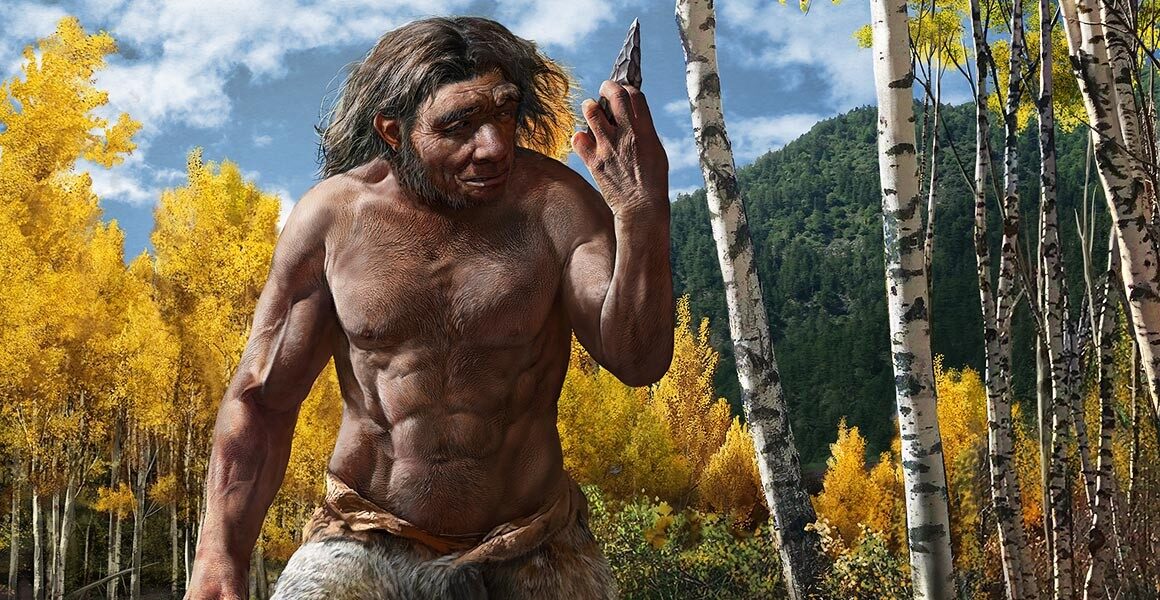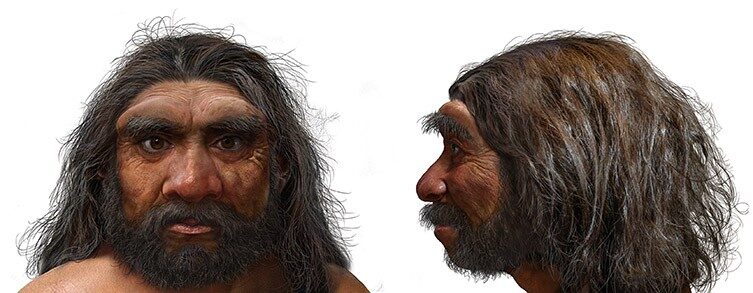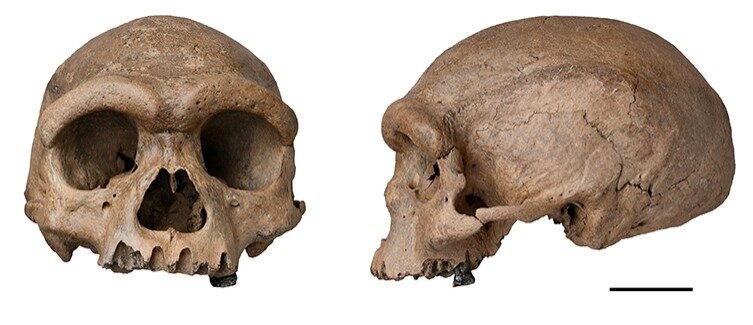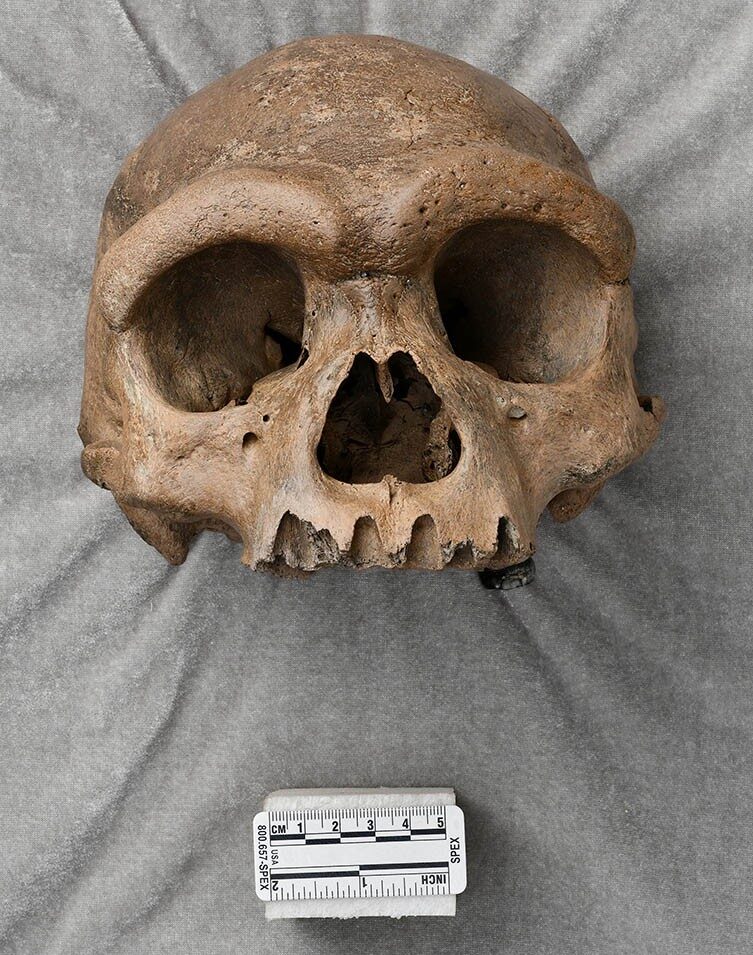A team led by Prof Qiang Ji at the Hebei GEO University described the skull in a new paper published in the journal The Innovation.
The skull is almost complete and provides important evidence for understanding the evolution of humans and the origin of our species.
It is so distinctive in shape that some of the team have suggested declaring the skull as a new species of the genus Homo, and it has been dubbed Dragon Man, or Homo longi. The name is derived from the Long Jiang, or Dragon River, in the Heilongjiang province of China.
Chris Stringer, a human evolution expert at the Museum, studied the skull alongside Ji and their team.
Chris says, 'This is a remarkable new piece in the jigsaw of human evolution, a fossil that will continue to add important information for many years to come. It is one of the best preserved of all ancient human fossils.'
Does Dragon Man represent a new human species?
More than 100,000 years ago, several human species coexisted in Asia, Europe and Africa, including Homo sapiens, Neanderthals (Homo neanderthalensis) and Denisovans.
In China, some ancient fossils have been found with interesting combinations of features that have sparked fierce debate about whether they belong to different species of human, so far unrecognised by science.
Some researchers believe the fossils might represent transitional populations that bridge a gap between our ancient ancestor (Homo erectus) and our own species, Homo sapiens - or think they could even represent primitive forms of our own species.
This skull, known as the Harbin cranium, has added fuel to those discussions. It was reportedly discovered in 1933 when a bridge was built over the Songhua River in northeast China's Harbin City, having been buried in sediment for thousands of years. It was reanalysed by Chris, Ji and the team.
Instead of simply comparing the shape and size of various features on this skull, the team used phylogenetic analysis in this new research, using maths to represent the evolutionary history or relationship between different species or organisms.
It revealed three main groups of Late Pleistocene humans that all had a common ancestor. These were Homo sapiens, Neanderthals, and a group containing the new skull and other Chinese fossils. The team's study suggested that the Chinese fossils were more closely linked to our own species than to Neanderthals.
Comment: There's no solid evidence that humans are descended from any of these other species.
A large skull with human features
Chris says, 'The skull has a large brain capacity, fully within the range of modern humans and Neanderthals. It also shows features resembling our species, including flat and low cheekbones with a shallow canine fossa, and the face looks reduced and tucked under the braincase.
'It's widely believed that the Neanderthals form the sister group of the Homo sapiens lineage. But our analyses suggest that this skull, and some other Middle Pleistocene human fossils from China, form a third East Asian lineage, which is actually closer to sapiens than the Neanderthals are.
'I think this lineage does represent a different species, though I prefer to group it with the Dali fossil from China as H. daliensis.'
The cranium nicknamed Dragon Man, which could be a new species of ancient human.
This means the skull throws new light on the evolution our species.
Geochemist and team member Dr Junyi Ge from the Chinese Academy of Sciences (CAS) says, 'Although it is impossible to pin the cranium to an exact location with currently available technology, all the evidence suggests that it was from a bed of water-laid sediments aged between 138,000 and 309,000 years ago in the Harbin region.'
'Its estimated Middle Pleistocene age places it as an Asian contemporary of the evolving H. sapiens, H. neanderthalensis, and possibly the enigmatic Denisovan lineage,' adds Chris.
'It should also help to flesh out our knowledge of the mysterious Denisovans, but that is something for further research.'








Comment: This comes on the heels of a related discovery in Israel: Nesher Ramla Homo type - a prehistoric human previously unknown to science
See also:
- DNA tracks mysterious Denisovans to Tibetan cave, humans mated with two of their populations
- ANOTHER one! Skeleton with elongated 'alien' skull discovered in southern Russia
- Humans were in Europe earlier and had cultural interactions with Neanderthals, new fossil finds in Bulgaria reveal
- Previously unknown "proto-hominin" species suggests ancestor of humans evolved in Europe not Africa
- Dishing the dirt on Denisova cave: A refuge for hominins and a home to bears, wolves and hyenas
And check out SOTT radio's: